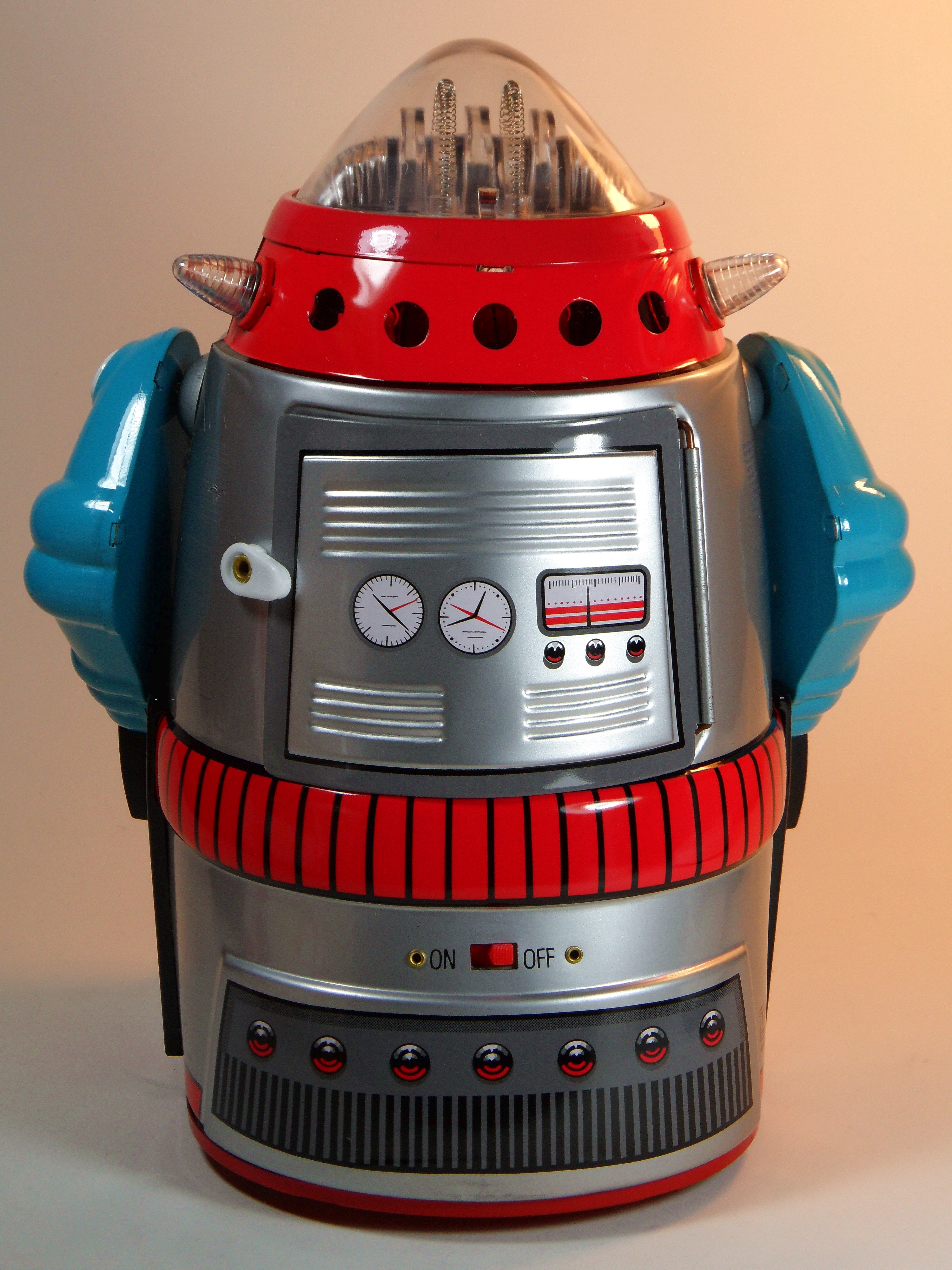

Because it turned out, not every thing about nuclear vitality was constructive. The nuclear energy industry grew quickly within the 1950s, inflicting quite a few environmental issues and tensions in worldwide relations and diplomacy. Big Atomic Bomb toy on the Children’s Museum of Indianapolis. In the course of the 1950s, there was a pattern in nuclear-inspired designs and ideas. Many firms envisioned things like nuclear-powered clocks, vehicles, house appliances, and even some radioactive client merchandise reminiscent of toothpaste, lipstick, and cigars. Apparently, the toy business had a couple of ideas of its own. 1940s Gilbert chemistry set. Photographed at Shoreline Historical Museum, Shoreline, Washington. Exposing kids to radiation appeared not solely harmless however even fascinating. A number of the toys made within the 1950s have been named "atomic" simply to sound cool, but a few of the manufacturers went further and included radioactive parts in their merchandise. One such product was the Gilbert No. U-238 Atomic Energy Lab. Launched for the primary time in 1951, this nuclear physics academic set is greatest remembered for being arguably probably the most dangerous children’s toy ever produced. If you loved this article and you would like to get more data relating to anchor1 kindly visit the site. Mister Atomic, back facet.
 Among different things, the set included a Geiger counter, electroscope, spinthariscope, a Wilson Cloud Chamber, instruction book, and, most significantly, radioisotopes. Playing with uranium ore again in the 1950s was not something that everybody may afford because it was quite pricey. 500 in today’s money). 10,000 to anybody who discovers deposits of uranium ore. A extremely neat and "slightly" radioactive toy. Replica Atomic Robot Man. Dad and mom who fear that a toy they purchase today may contain toxic chemicals, brace yourselves. Such chemicals current in children’s toys are nothing compared to the radioactive 1947 Lone Ranger Atomic Bomb Ring, a Kix cereal promotion. Replica Atomic Robot Man. "You’ll see sensible flashes of light in the inky darkness of the atom chamber. These frenzied vivid flashes are brought on by the released energy of atoms." The producer additionally promised that the radioactive isotope contained in the toy was harmless to kids, however still, the concept of exposing your kid to it provides one pause. Again within the time when uranium was thought-about to be the brand new gold and uranium prospectors were all over the United States, Gardner Video games created the "Uranium Rush" board recreation. This sport allowed gamers to place themselves in the position of uranium prospectors and gather a lot of money from the deposits they discover on the map. The game was battery operated and of an analogous design to electric quiz video games from the mid 20-century. There was additionally a cardboard Geiger counter included in the kit with which you may discover uranium on the map. One other creepy toy of the Atomic Age was the Atomic Robot Man, one of many earliest toy robots ever manufactured. Originally produced in publish-battle occupied Japan in the late 1940s, anchor1 the Atomic Robot Man nowadays has a really special attraction to collectors, and originals are actually hard to find.
Among different things, the set included a Geiger counter, electroscope, spinthariscope, a Wilson Cloud Chamber, instruction book, and, most significantly, radioisotopes. Playing with uranium ore again in the 1950s was not something that everybody may afford because it was quite pricey. 500 in today’s money). 10,000 to anybody who discovers deposits of uranium ore. A extremely neat and "slightly" radioactive toy. Replica Atomic Robot Man. Dad and mom who fear that a toy they purchase today may contain toxic chemicals, brace yourselves. Such chemicals current in children’s toys are nothing compared to the radioactive 1947 Lone Ranger Atomic Bomb Ring, a Kix cereal promotion. Replica Atomic Robot Man. "You’ll see sensible flashes of light in the inky darkness of the atom chamber. These frenzied vivid flashes are brought on by the released energy of atoms." The producer additionally promised that the radioactive isotope contained in the toy was harmless to kids, however still, the concept of exposing your kid to it provides one pause. Again within the time when uranium was thought-about to be the brand new gold and uranium prospectors were all over the United States, Gardner Video games created the "Uranium Rush" board recreation. This sport allowed gamers to place themselves in the position of uranium prospectors and gather a lot of money from the deposits they discover on the map. The game was battery operated and of an analogous design to electric quiz video games from the mid 20-century. There was additionally a cardboard Geiger counter included in the kit with which you may discover uranium on the map. One other creepy toy of the Atomic Age was the Atomic Robot Man, one of many earliest toy robots ever manufactured. Originally produced in publish-battle occupied Japan in the late 1940s, anchor1 the Atomic Robot Man nowadays has a really special attraction to collectors, and originals are actually hard to find.
Scientists blast radiation at groups seeds and plant cuttings to scramble their genetic code and produce random mutations. These seeds are then cultivated and inspected for the most fascinating mutations. It’s a roll of the dice, but it’s a course of that’s fast, easy and low-cost. And unlike CRISPR or different methods, there’s no man-made genetic modification. Quite, the radiation put stresses on the plant forcing it to adapt with its personal genetic materials. It’s extensively utilized in creating countries and has yielded more than 3,200 helpful mutants that appear in grocery stores the world over. Right now we have now mutant wheat, rice, pears, peas, peppermint, grapefruit and more. In Bangladesh, for example, sorts of rice produced via mutation breeding have elevated crop yields threefold over the previous few decades, in line with the World Nuclear Affiliation. Radiation could additionally save the ubiquitous Cavendish banana. "There’s a banana blight, and part of the reason being we use a single selection.